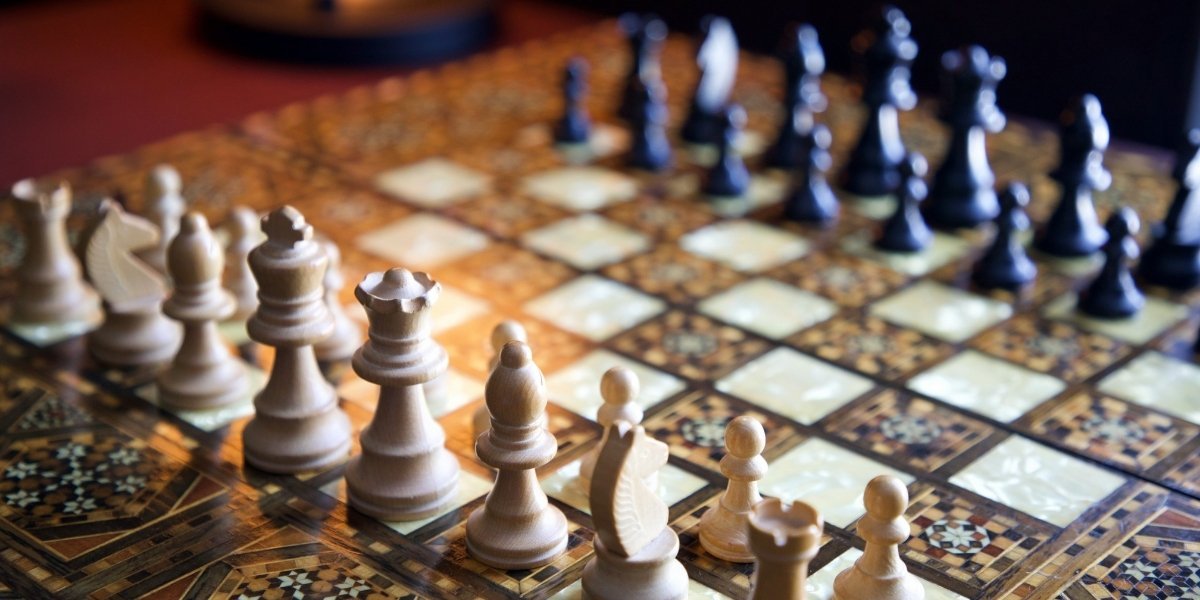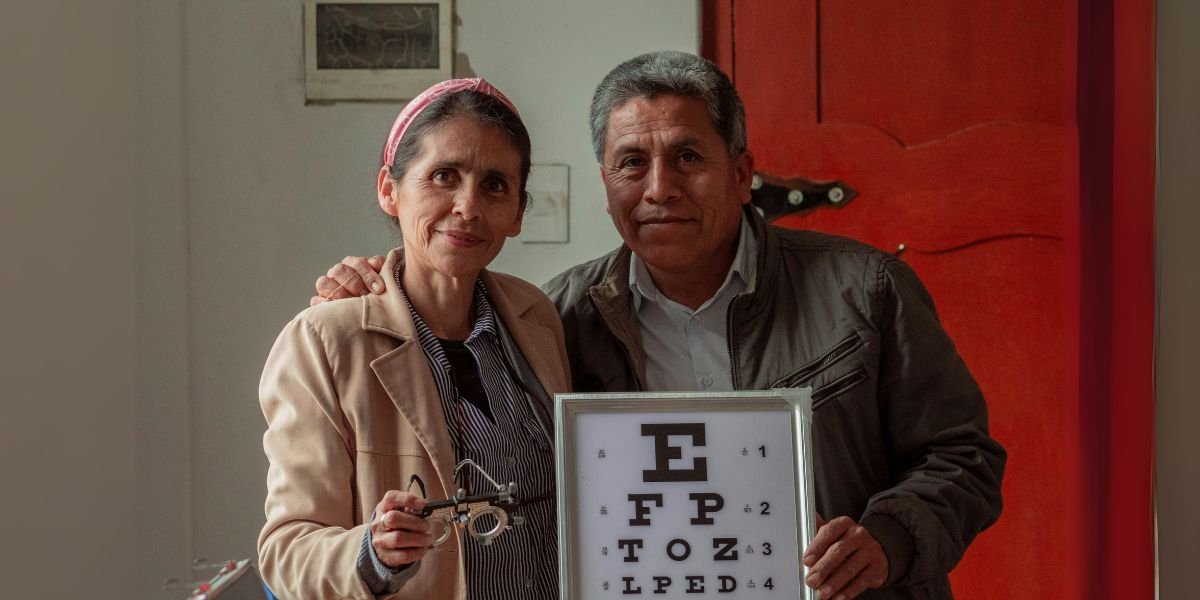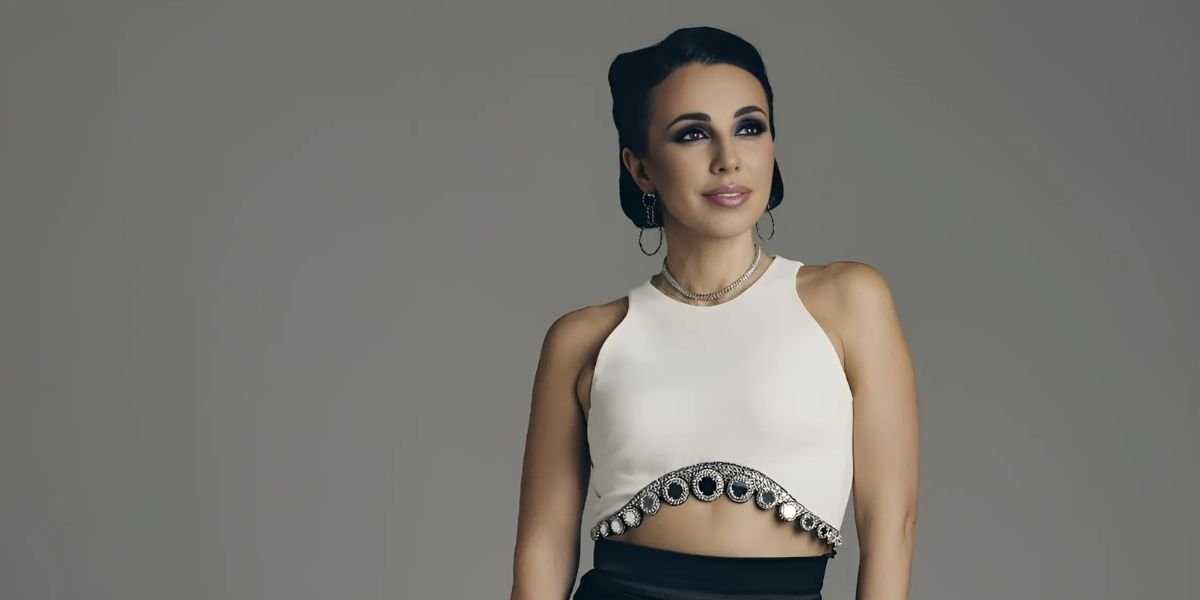The Power and Significance of the Haka: More Than Just a War Dance
The Haka is one of New Zealand’s most iconic cultural practices, often recognized worldwide, especially when performed by the All Blacks rugby team before a match. However, the Haka is much more than just a war dance—it is a multifaceted tradition deeply embedded in the spiritual, social, and cultural fabric of Māori society. This article explores the historical roots, variety of forms, cultural significance, and contemporary relevance of the Haka, offering a deeper understanding of this powerful expression.
Read Also: Jamaica’s Rich Legacy in Olympic History: From Wint to Bolt
Historical Origins and Mythology
The Haka’s origins are steeped in mythology and spiritual beliefs, linked to Māori deities and legendary events in their history. Traditionally, the Haka was not just a dance but a ritualistic performance with profound spiritual and ancestral significance.
The Legendary Origins
Many Māori legends explain the origins of the Haka. One of the most famous stories relates to the deity Tāwhirimātea, the god of the winds. According to myth, Tāwhirimātea performed the first Haka as an expression of his anger and grief after the separation of his parents, Ranginui (the sky) and Papatūānuku (the earth). In this sense, the Haka is seen as an expression of powerful emotions such as anger, grief, and challenge, tied to the forces of nature.
Ancestral Connections
The Haka also has a deep connection to Māori ancestors, known as tūpuna. By performing the Haka, individuals and communities reaffirm their links to their ancestors, invoking their mana (spiritual power) and seeking their blessings. It is seen as a reverent act that calls upon the strength, courage, and guidance of those who came before.
Diverse Forms and Purposes
The Haka is not a single dance but rather a collection of varied forms, each with distinct meanings, movements, and purposes. These diverse types of Haka serve specific roles depending on the occasion.
War Dances (Peruperu)
The most commonly known form of Haka is the war dance, or peruperu, traditionally performed by Māori warriors before battle. This Haka is characterized by aggressive movements, loud chanting, and displays of physical strength. The purpose was to intimidate the enemy and rally the warriors’ spirits before the conflict.
Challenge Dances (Wero)
The wero is a type of Haka used as a form of challenge. It is typically performed in ceremonial settings, such as the welcoming of guests to a marae (Māori meeting grounds). The wero often involves a single performer, usually a male, who presents a challenge to others, often symbolized by the throwing of a plant or leaf to signify peace or war.
Celebratory Haka (Ngeri)
Not all Haka are focused on aggression or challenge. The ngeri is a celebratory form of the Haka performed at joyous events such as weddings, anniversaries, or victories. This type of Haka is less aggressive and emphasizes celebration, unity, and gratitude.
Welcoming Haka (Haka Pōwhiri)
The haka pōwhiri is a welcoming dance, traditionally performed when guests arrive at a marae or at significant gatherings. It is a peaceful and respectful form of Haka meant to welcome and honor guests, highlighting the welcoming and hospitable spirit of Māori culture.
Lamenting Haka (Waiata Tangi)
The waiata tangi is a mournful form of Haka, typically performed at funerals or during moments of loss. This Haka is used to express grief and pay tribute to the deceased, offering solace to the grieving family and community.
The Significance of Performance Elements
Each performance of the Haka is a highly choreographed expression of emotion, strength, and spirituality, marked by various key performance elements that add to its power and meaning.
Chanting (Karanga and Whaikōrero)
The karanga and whaikōrero are powerful aspects of the Haka, consisting of chanting and oratory. The karanga is a ceremonial call that typically comes from the women of the marae, inviting guests to join in the ceremony, while whaikōrero refers to speeches that often precede or accompany the Haka, calling upon the ancestors and the spirits.
Rhythmic Movements (Ngeri)
The ngeri, or rhythmic body movements, form the backbone of the Haka performance. These movements are often strong and forceful, symbolizing the power and energy of the performers. The body’s movements, especially the rapid stamping of feet, convey emotional intensity and spiritual connection.
Facial Expressions (Pūkana and Whētero)
Pūkana refers to the wide-eyed, intense facial expressions often seen during the Haka. These expressions are intended to convey strength, fearlessness, and ferocity. Similarly, whētero involves sticking the tongue out in a gesture that symbolizes aggression and strength, further emphasizing the power of the performance.
Stamping of the Feet (Takahī) and Body Percussion (Pakihi)
The stamping of the feet (takahī) is a vital component of the Haka, producing a deep, resonant sound that signifies power and unity. Body percussion, such as slapping the thighs or chest, accompanies the stamping and adds a rhythmic dimension to the performance, amplifying its intensity.
Cultural Importance and Identity
The Haka is not just a performance; it is a vital expression of Māori identity and mana (spiritual power). The tradition has remained central to Māori culture, connecting people with their ancestors and affirming their cultural roots.
Māori Heritage and Connection to Ancestors
The Haka is a medium through which Māori people can maintain a deep and personal connection to their cultural heritage and the spiritual world. By performing the Haka, Māori communities reinforce their pride in their ancestry and heritage, and remind themselves of the strength and resilience of their forebears.
Mana (Prestige and Authority)
The Haka is also a symbol of mana, which represents spiritual power, authority, and prestige. Through the performance of the Haka, individuals and groups affirm their authority and unity, and demonstrate their resilience and ability to overcome adversity.
The Haka in Contemporary Society
In modern New Zealand, the Haka continues to play a significant role in various aspects of society, transcending its historical roots.
The All Blacks and Global Recognition
The All Blacks, New Zealand’s world-renowned rugby team, are perhaps the most famous contemporary practitioners of the Haka. Before each match, they perform a Haka as a display of strength, unity, and determination. This performance has made the Haka internationally recognized and symbolizes the competitive spirit of New Zealand on the global stage.
Cultural Performances and Celebrations
Beyond sports, the Haka remains a popular form of cultural expression in New Zealand, often seen at weddings, festivals, and national celebrations. The Haka continues to be an important part of Māori cultural festivals, providing a platform for Māori communities to showcase their traditions and identity.
Educational and Social Contexts
The Haka is also taught in schools and communities as a means of preserving Māori culture. It serves as a tool for cultural education, teaching younger generations about the history, language, and significance of the Haka.
Learning and Performing with Respect
It is essential to understand that the Haka is not just a performance to be mimicked or used for entertainment purposes. Learning and performing the Haka requires respect and an understanding of its cultural context.
Cultural Appropriation and Integrity
While the Haka has become a global symbol, it is important that it is performed with respect and in a culturally appropriate manner. Cultural appropriation—the use of the Haka by non-Māori individuals or groups without understanding its significance—has been a point of controversy. It is essential to learn the Haka from knowledgeable Māori practitioners and to perform it with integrity and respect for its cultural and spiritual roots.
The Enduring Power and Evolution
The Haka is a living tradition, continually evolving while retaining its core cultural significance. Whether performed in a sports stadium, at a wedding, or as part of a cultural festival, the Haka continues to embody the strength, spirit, and identity of the Māori people.
As it adapts to contemporary society, the Haka remains a powerful expression of Māori heritage and a symbol of resilience and unity. It serves as a reminder of the deep connection between Māori people and their ancestors, and the enduring power of cultural traditions.
Read Also: Essential Items to Pack When Traveling Abroad
The Haka is far more than just a war dance—it is a dynamic and multifaceted tradition that embodies the spiritual, cultural, and historical essence of the Māori people. Through its powerful movements, evocative chants, and deep cultural significance, the Haka continues to serve as a symbol of Māori identity and pride, while also leaving its mark on the global stage. Understanding the rich history and meaning behind the Haka allows us to appreciate its role as a living expression of Māori culture and its ongoing relevance in contemporary society.








